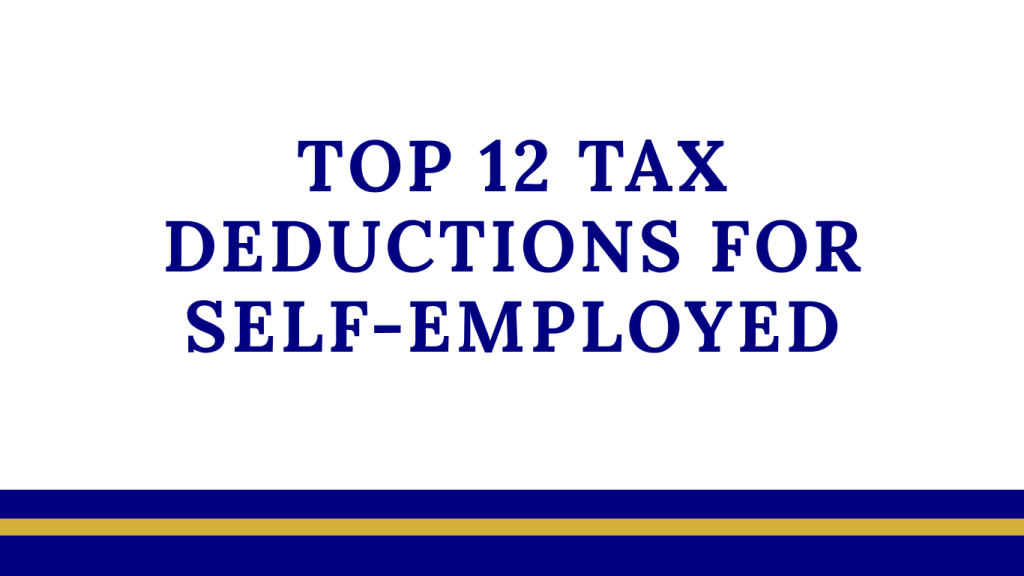Most taxpayers never have to think about the Alternative Minimum Tax (AMT)—but for higher-income earners or those with significant deductions, it’s important to know how it works and when it might apply.
The AMT was created in the 1960s to prevent wealthy individuals from using deductions and loopholes to reduce their income tax bill to zero. Today, it still functions as a parallel tax system: certain taxpayers must calculate their taxes two ways—once under the regular system and once under the AMT—and pay whichever is higher.
How the AMT Works
The AMT calculation starts with your income and adds back certain deductions or exclusions that aren’t allowed under the AMT system (such as state and local tax deductions or certain business write-offs). The result is your Alternative Minimum Taxable Income (AMTI).
Once your AMTI is calculated, you’re allowed an AMT exemption amount. If your income exceeds this exemption, you pay AMT on the excess, using a flat tax rate of either 26% or 28%, depending on your income level.
2025 AMT Exemption Amounts
The AMT exemption reduces the amount of income that’s subject to AMT. For 2025, the exemption amounts are:
- Unmarried individuals: $88,100
- Married filing jointly: $137,000
2025 AMT Rate and Thresholds
The AMT rate remains at 28% in 2025. This rate applies to income over the following thresholds:
- All taxpayers: 28% applies to AMTI over $239,100
- Married filing separately: 28% applies to AMTI over $119,550
Exemption Phaseouts in 2025
Once your AMTI exceeds a certain level, the exemption begins to phase out at 25 cents per dollar earned beyond the threshold.
- For unmarried individuals, the phaseout begins at $626,350
- For married couples filing jointly, the phaseout begins at $1,252,700
This means high-income earners will gradually lose their exemption and may be subject to a much larger AMT liability.
Why It Matters
If you have significant income, large deductions, or income from sources like stock options or rental properties, you could fall into the range where the AMT applies. While it doesn’t affect most taxpayers, those with higher adjusted gross income (AGI) or complex returns should be aware of it and review both calculations to ensure accuracy.
Understanding how the AMT works gives you one more tool for smarter tax planning. While it might never apply to you, knowing the thresholds and how exemptions phase out can help you prepare if your income changes—or if you start seeing large deductions or investment gains that could trigger it.



